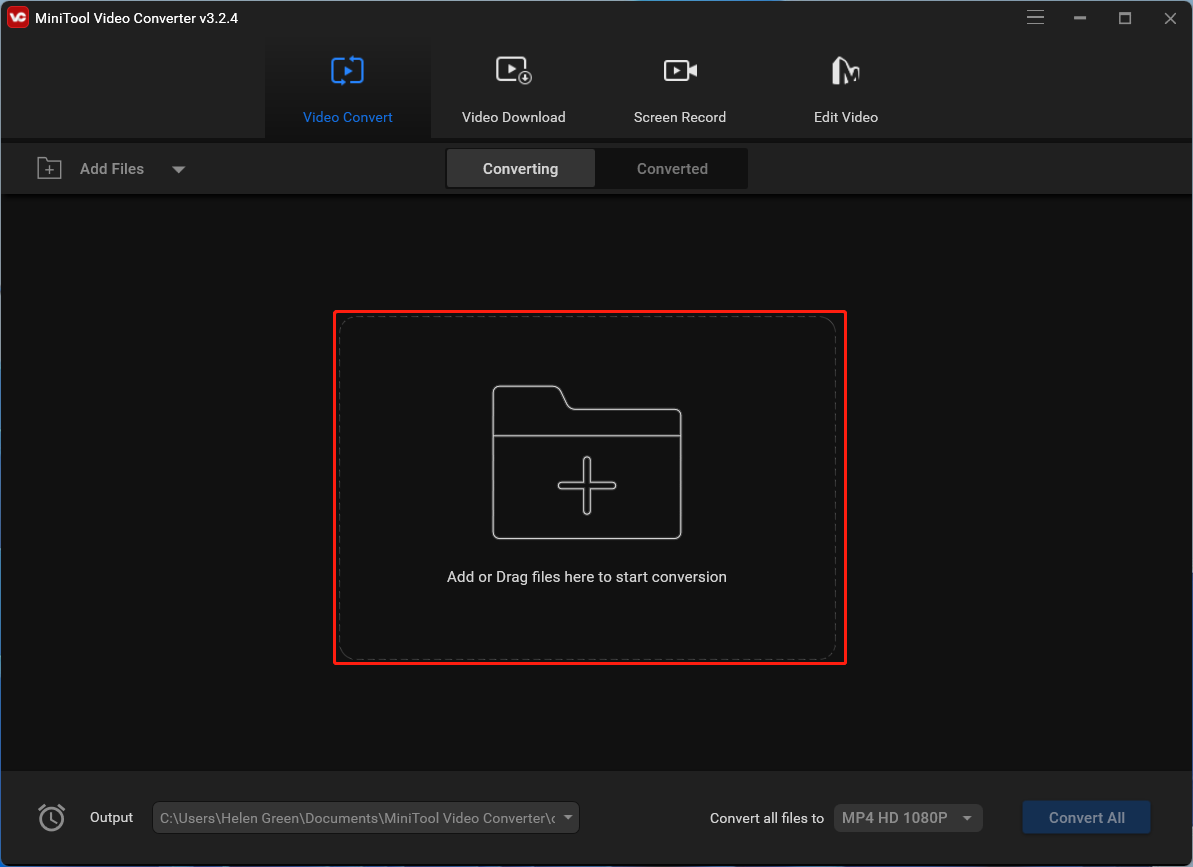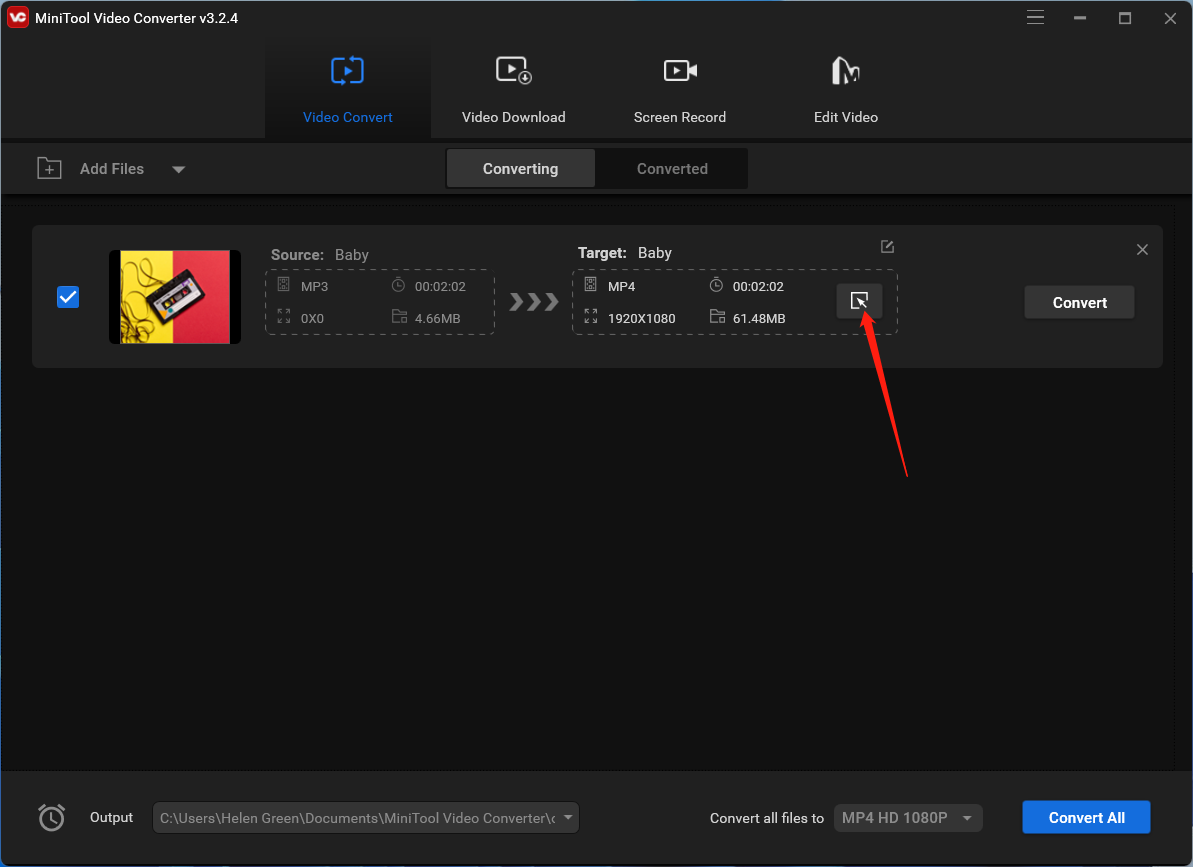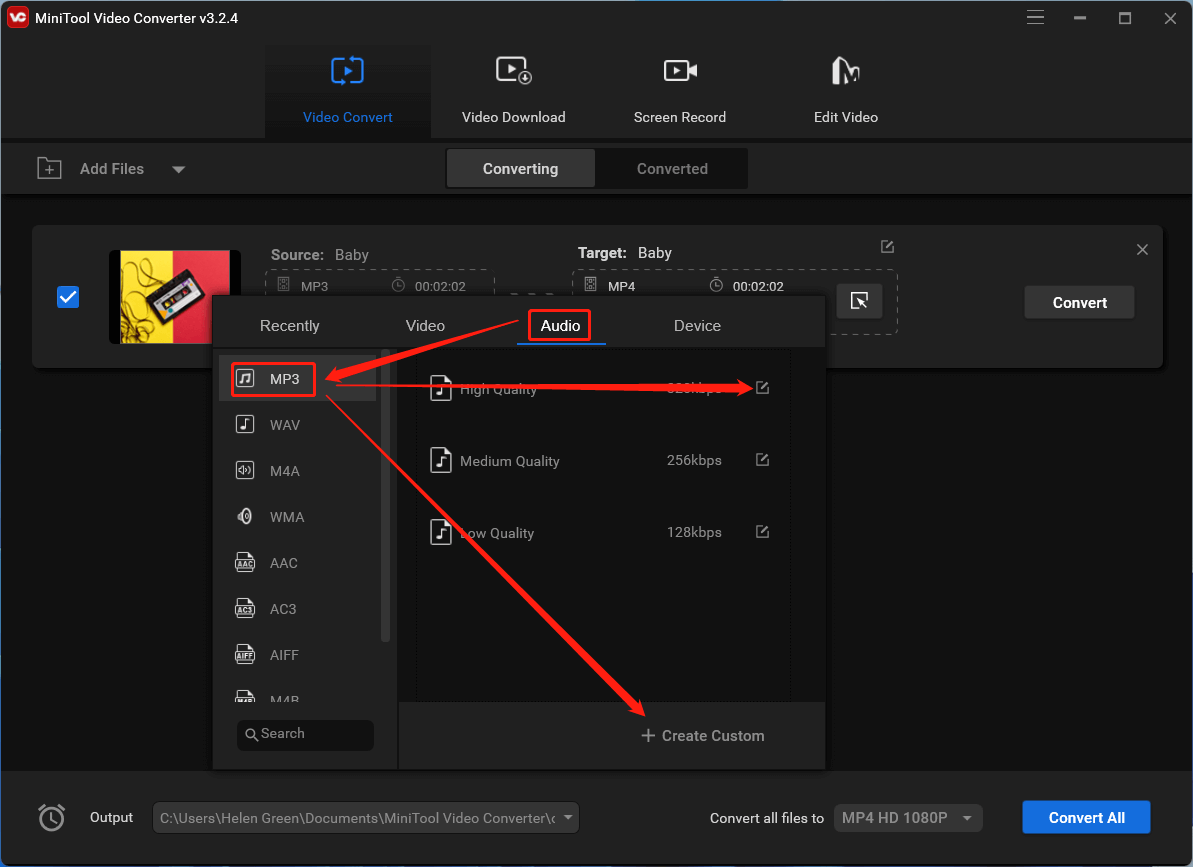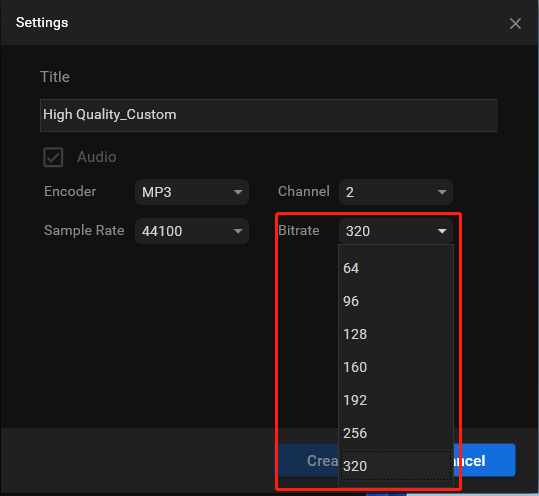Variable Bitrate vs Constant Bitrate: Overview
Variable bitrate encoding, as the name suggests, allows for fluctuations in the bitrate of the encoded audio stream. This means that the bitrate dynamically adjusts based on the complexity of the audio content. During portions of the audio with higher complexity, such as music with intricate instrumentation, the bitrate can increase to capture the details accurately. Conversely, during simpler passages, the bitrate can decrease, conserving file size without compromising perceptible audio quality.
On the other hand, constant bitrate encoding utilizes a fixed bitrate throughout the entire audio stream. This results in a predictable file size, making it ideal for applications that require a specific file size or bit rate consistency. However, since the complexity of the audio content remains unaccounted for, constant bit rate encoding may allocate excessive bits for simpler segments, resulting in inefficient utilization of storage space.
Variable Bitrate Neural Fields
When it comes to neural fields, which encompass the representation and processing of neural data, variable bit rate encoding plays a crucial role. Neural fields often contain diverse information, with some parts requiring higher fidelity than others. By employing variable bitrate encoding, researchers and practitioners can efficiently allocate bits to represent crucial aspects of the neural data while utilizing fewer bits for less critical components. This flexibility allows for more efficient data storage and transmission, facilitating advancements in fields like neuroscience and artificial intelligence.
OBS Variable Bitrate
Moreover, variable bitrate encoding finds utility in the domain of Open Broadcaster Software (OBS), a popular tool for live streaming and recording. OBS allows streamers to adjust the bitrate based on their available bandwidth and the desired streaming quality. In situations where network conditions fluctuate, variable bitrate encoding adapts dynamically to maintain optimal audio quality and minimize buffering or artifacts, ensuring a smooth streaming experience for viewers.
Variable Bitrate vs Constant MP3
In the context of the widely used MP3 audio format, variable bitrate encoding offers distinct advantages over constant bitrate. MP3 files encoded with variable bitrate achieve higher audio quality compared to those encoded with a constant bitrate. By allocating more bits to complex sections of the audio and fewer bits to simpler portions, variable bitrate encoding maximizes the efficiency of data representation while preserving perceptible fidelity. This is particularly relevant for music with varying levels of complexity, where constant bitrate encoding may result in an unnecessary allocation of bits for simpler sections.
How to Change Audio Bitrate?
If you are not satisfied with the current bitrates of your videos, you can alter them with a professional and quick bitrate changer like MiniTool Video Converter, which can easily convert your audio files from one bitrate to another in a few seconds.
MiniTool Video ConverterClick to Download100%Clean & Safe
Step 1. Download and install MiniTool Video Converter on your Windows computer.
Step 2. Open this program and enter its main user interface (UI).
Step 3. Under the default Converting subtab of the Video Convert tab, click Add or Drag files here to start conversion option in the center of the window to upload your target audio or songs.

Step 4. Click on the settings icon for the conversion destination media file to trigger the corresponding setup.

Step 5. In the new window, switch to the Audio tab from the top menu, choose an audio file format like MP3 from the left submenu, and pick up an audio quality option in the right section. You can further personalize the parameters of the selected audio format option or directly click Create Custom at the bottom of the window.

Step 6. In the next popup, you are able to change the encoder, channel, sample rate, as well as bitrate of the audio file. Once done, click the Create button to save the changes.

Step 7. You will be directed back to the upper-level window, there, don’t forget to select your customized audio format and click the Convert button to start the process.

Wait until the process finishes. Then, you have got the bitrate of the audio file adjusted to your favorite one.
Constant Bitrate vs Variable Bitrate: Conclusion
The choice between constant bitrate and variable bitrate encoding depends on the specific requirements and priorities of the audio application. While constant bitrate offers predictability and consistency, variable bitrate encoding excels in situations where efficient storage, adaptive streaming, or capturing the nuances of complex audio content are essential. As technology continues to advance, variable bitrate encoding is likely to play an increasingly significant role in various domains, enabling optimal representation and transmission of audio data.


User Comments :